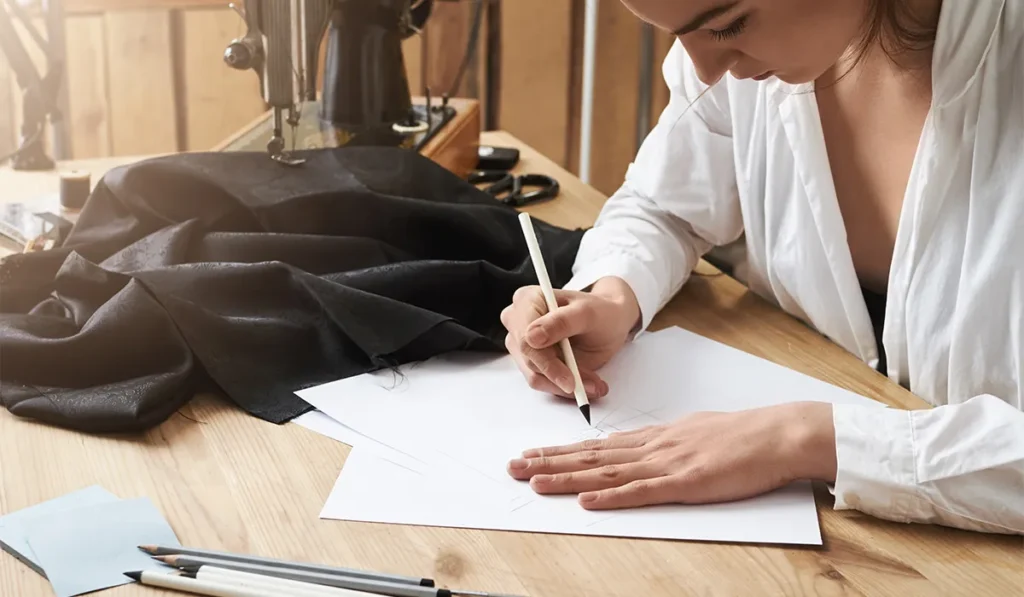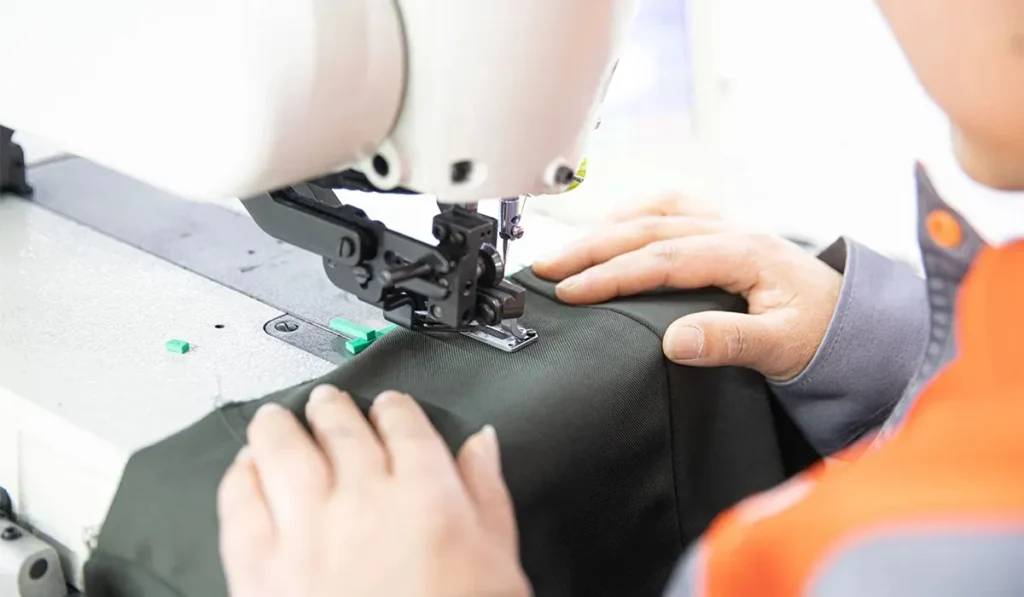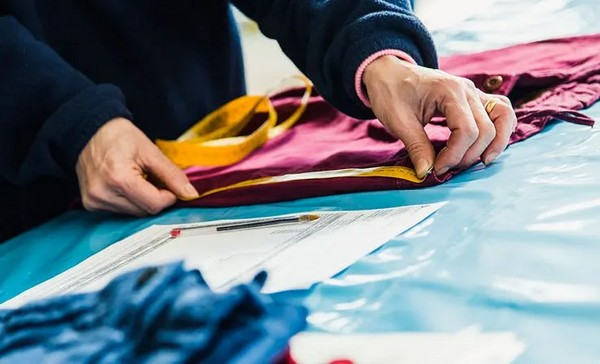In the textile and apparel industry, producing high-quality garments requires a systematic approach that integrates design precision, technical expertise, and operational efficiency. Below is a detailed breakdown of the core stages in garment manufacturing, tailored to industry terminology and best practices.
1. Garment Design
Most mid-to-large-scale garment factories employ in-house designers to develop clothing collections. Factory-based garment design typically falls into two primary categories:
a. Ready-to-Wear (RTW) Design
Focused on mass production, designers create standardized size systems using anthropometric data (e.g., ISO body measurements) to ensure consistency across large batches. This stage involves selecting fabrics, trims, and hardware while aligning with the factory’s manufacturing capabilities—such as machinery limitations and worker skill sets—to optimize production feasibility.
b. Fashion Design
Driven by market trends and forecasting, this segment prioritizes originality and innovative silhouettes. Designers experiment with unique cuts, textures, and detailing to craft styles that cater to niche or high-fashion markets, emphasizing brand differentiation and consumer appeal.

2. Pattern Making & Grading
Once a sample design is approved by the client, the pattern-making team translates the 2D design into 3D technical patterns. Grading follows: using standardized size charts, technicians scale the base pattern up or down to create a size range (e.g., XS to 5XL). Modern factories utilize computer-aided design (CAD) software for precise grading, minimizing manual errors. Concurrently, marker making generates optimized fabric layouts to maximize material yield, reducing waste during cutting.
3. Pre-Production Preparation
Before full-scale production, rigorous preparatory steps ensure material and process readiness:
- Raw Material Inspection: Fabrics, trims, and threads are tested for colorfastness, shrinkage, tensile strength, and compliance with safety standards (e.g., OEKO-TEX®).
- Fabric Pre-Treatment: Fabrics undergo pre-shrinking (e.g., via tumble drying or steam pressing) and finishing (e.g., waterproofing, softening) to stabilize properties.
- Sample Prototyping: Tech packs and sew-by samples are created to validate design specifications, fit, and construction methods before mass production.
4. Cutting Process
The cutting room serves as the gateway to physical production, following these key steps:
- Fabric Spreading: Fabrics are laid flat in multiple layers (up to 100 plies) on cutting tables, ensuring grain alignment and tension control.
- Marker Placement: Pre-generated markers (paper or digital templates) are positioned to maximize material usage while avoiding defects (e.g., slubs, color variations).
- Cutting Execution: Automated cutting machines (e.g., CNC cutters) or manual die-cutters precision-cut fabric panels, linings, and interfacings.
- Post-Cutting QC: Cut pieces are inspected for accuracy, labeled with size/color codes, and bundled with care instructions for seamless sewing integration.

5. Sewing Operations
The sewing floor is the technical heart of garment production, requiring meticulous workflow optimization:
- Assembly Line Engineering: Garments are broken into modular operations (e.g., collar attachment, pocket stitching) and assigned to specialized machines (e.g., lockstitch, overlock, bartack).
- Stitch Engineering: Selection of seam types (flat fell, French, piping), thread weights, and needle sizes ensures durability and aesthetic consistency. Time-and-motion studies refine workflows, reducing cycle times without compromising quality.
- Example: Pocket Construction: A simple pocket may involve 3 sub-processes (e.g., welting, topstitching, attachment), each broken into micro-tasks (e.g., feeding fabric, aligning marks) to streamline operator efficiency.

6. Quality Control (QC)
Stringent QC protocols are embedded at every stage to maintain compliance with AQL (Acceptable Quality Limit) standards:
- In-Process Inspections: Random checks during cutting, sewing, and finishing identify defects early (e.g., misaligned patterns, loose threads).
- Critical Point Checks: High-visibility areas (e.g., buttonholes, zippers) undergo 100% inspection.
- Final Audit: Finished garments are checked for fit, color consistency, and labeling accuracy against client-approved samples before packing.
7. Finishing & Packaging
The final stage ensures garments meet retail or end-user presentation standards:
- Pressing: Industrial steam irons or buck presses remove wrinkles and set seams, enhancing garment drape and appearance.
- Folding & Bagging: Garments are folded to client-specified dimensions, inserted into polybags (with care labels and UPC tags), and grouped by size/color.
- Cartonization: Polybags are packed into export-grade cartons, secured with strapping, and labeled with shipping marks (e.g., weight, destination). For delicate items, hang rack shipping prevents creasing during transit.
- Technical Documentation: Factory-standard tech packs—including pattern specs, sewing diagrams, and QC checklists—ensure traceability and repeatability for future orders.
Partnering with Howyue Uniform Manufacturer
At Howyue, we leverage decades of industry expertise to deliver end-to-end solutions, from conceptual design to compliant, cost-effective production. Our vertically integrated facilities and CAD/CAM systems ensure precision at every stage, while our commitment to sustainability and quality makes us a trusted partner for global brands.
Contact Us Today>>>Contact Us
Explore Our Capabilities>>>HOWYUE UNIFORM MANUFACTURER




